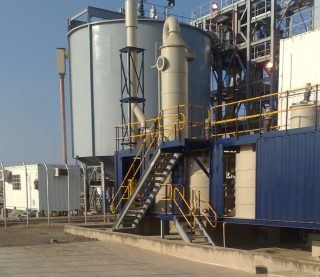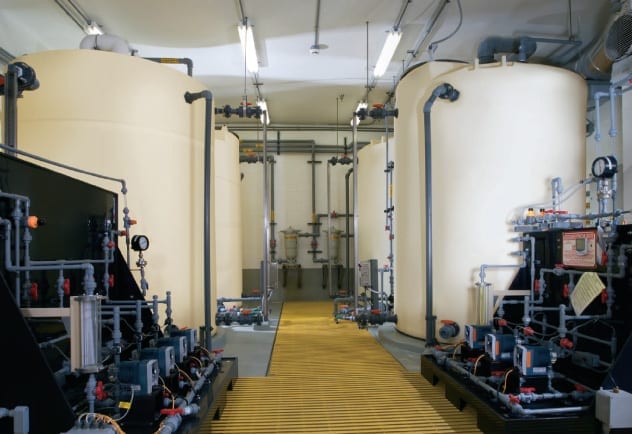
Polypropylene tanks and pneumatic pumps are vital components in many industries. Polypropylene, a thermoplastic polymer, is known for its resistance to chemicals, making these tanks suitable for use in various sectors including pharmaceutical, food and beverage, and water treatment. On the other hand, bomba pneumática, which operates using pressurized air or gas, is useful for transferring fluids, especially those that are corrosive or aggressive. These pumps offer the flexibility of flow adjustment, enhancing their functionality in different applications.
Basics of Polypropylene Tanks
What is tanque polipropileno, you ask? What’s so special about them? You’ll soon find out. As a thermoplastic polymer, polypropylene exhibits exceptional resistance to chemical solvents, bases, and acids. That’s why these tanks are used in a myriad of industries, including pharmaceuticals, food and beverage, and water treatment.
Fundamentals of Pneumatic Pumps
Switching gears to pneumatic pumps, these devices utilize pressurized air or gas to move fluids. They’re often employed in industries that deal with aggressive and corrosive fluids, and guess what? Their flow can be adjusted!
Understanding Chemical Resistance
Imagine your favorite superhero shield. It’s virtually impenetrable, right? That’s similar to how chemical resistance in polypropylene tanks works. They’re like the superhero of tanks, resisting corrosive chemicals that would damage others.
Key Features of Chemical-Resistant Polypropylene Tanks
Like an all-you-can-eat buffet, the benefits of polypropylene tanks are plentiful. They can withstand high temperatures, have excellent rigidity and mechanical strength, and their surfaces resist both abrasion and stress cracking.
Benefits of Chemical Resistance in Polypropylene Tanks
Chemical resistance in tanque polipropileno contributes significantly to their durability, ensuring that these tanks have a long operational lifespan. This long lifespan can lead to cost savings over time as the need for replacement or frequent maintenance is greatly reduced.

Flow Adjustment in Pneumatic Pumps
Let’s think of flow adjustment like adjusting the volume on your stereo. More bass, less treble? The choice is yours. Similarly, with pneumatic pumps, the flow can be controlled based on the application’s needs.
Key Features of Adjustable Pneumatic Pumps
Being able to control the flow of fluid means the pump’s output can be dialed in precisely, enhancing operational efficiency and minimizing wastage. Isn’t that the dream?
Applications of Flow Adjustable Pneumatic Pumps
In industries like oil and gas, chemical processing, and food and beverage, these pumps are worth their weight in gold. That precise control? It makes all the difference.
Benefits of Flow Adjustment in Pneumatic Pumps
- Operational efficiency
- Energy savings
- Optimal use of resources
Choosing the Right Equipment for Your Needs
- Quality and Durability
- Cost-effectiveness and Efficiency
- Future-Proofing and Flexibility
Conclusion
Whether it’s the superhero-like chemical resistance of polypropylene tanks or the convenience and control offered by flow adjustment in bomba pneumática, selecting the right equipment for your needs can significantly enhance your operations’ efficiency and cost-effectiveness.




